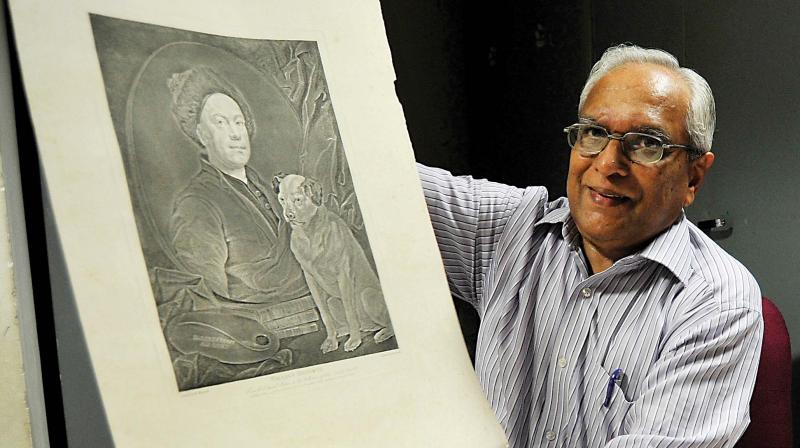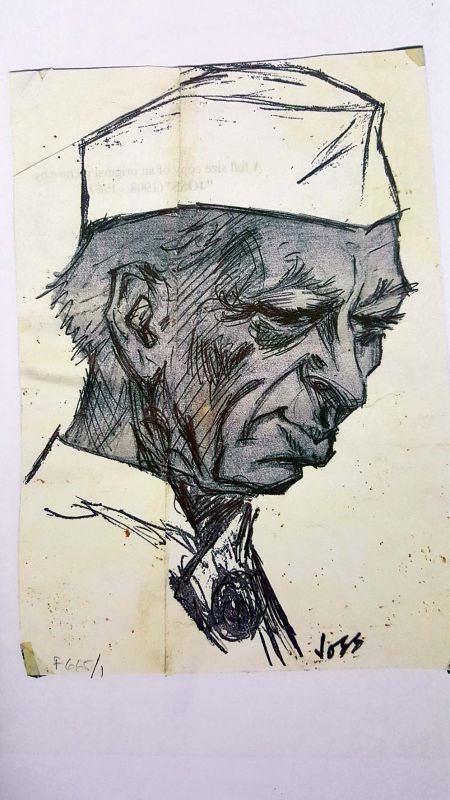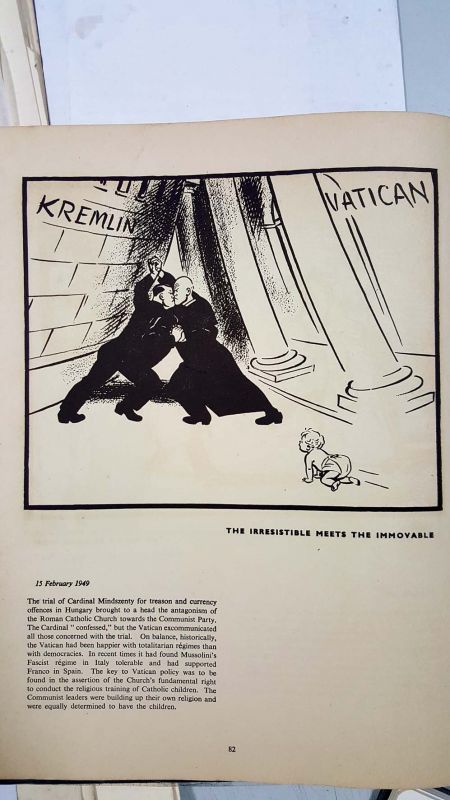Urban Legend: Pen and ink and a dose of humour!
The Indian Institute of Cartoonists was founded in 2001, as a non-profit organisation.

The Indian Cartoon Gallery, the only establishment of its kind in India, turns 10 this year and is home to treasured collections from around the world, from William Hogarth to Mario Miranda, Frederick Joss and our own Subhani! V.G. Narendra, a prolificcartoonist and Managing Trustee, Indian Institute of Cartoonists, talks to Darshana Ramdev about the art of distilling the predicaments of our times.
Bengaluru is fast emerging as a hotbed for the global animation industry, which was valued at some $250 billion globally in 2016. Art and design schools produce animators and cartoonists in droves - a Google search for animation companies in Bengaluru throws up a cornucopia of results. It began ostensibly, of course, with The Walt Disney Company, founded in 1923, giving artistically-inclined youngsters access to many a star-spangled dream.
 The Indian Cartoon Gallery is tucked away in a basement off M.G. Road, nearly invisible to those who aren't in the know.
The Indian Cartoon Gallery is tucked away in a basement off M.G. Road, nearly invisible to those who aren't in the know.
All of this, however - from Disney and Dreamworks to Marvel and Mad, began with the birth of the cartoon, or 'sequential art' as it was called, in the 18th century. The 'cartoon' as we know it, was first conceptualised in the early 1700s by the artist William Hogarth, whose works remained jealously guarded at galleries like the Tate - until five years ago, when the efforts of a dedicated cartoonist brought Bengaluru an enviable collection of its own.
The Indian Cartoon Gallery is tucked away in a basement off M.G. Road, nearly invisible to those who aren't in the know. Still, a stream of dignitaries, including cartoonists Mario Miranda and R.K. Laxman, former President Abdul Kalam and author Girish Karnad have made their way here over the years. Aspiring cartoonists flock to the place too, to attend one of their many workshops or simply to take a look at works by masters.
On Friday afternoon, however, road leading to Midford House, where the Indian Institute of Cartoonists is located, is adorned with posters - all of them advertising the latest exhibition. This air of festivity is fitting, for the Indian Cartoon Gallery turns 10 next week. "We have had one exhibition every month for the last ten years," beamed V.G. Narendra, the Institute's managing Trustee. The air of festivity that surrounds the place is fitting, for the Indian Cartoon Gallery turns 10 next week. "We have had an exhibition every month for the last 10 years," he beamed. Hogarth, David Lowe, Frederic Joss, Shankar M. Pillai, Mario Miranda and of course, R.K. Laxman, have been displayed here, to great public acclaim.
Narendra's office, lined with old-fashioned steel cupboards, is hardly a measure of today's technology-driven cartoon industry, although it houses an unparalleled collection from around the world. A mild-mannered man, now touching 70, Narendra pulls out a William Hogarth print as we enter. "Look closely," he said. Sure enough, the bottom-left corner of the print bears the words: Printed by W. Hogarth. “This is over 250 years old,” he remarked, spreading the prints carefully across his table.
 Hogarth, who had worked as an engraver in his youth, began to experiment with his paintings – he used a brass plate to cast an engraving of one of his works.
Hogarth, who had worked as an engraver in his youth, began to experiment with his paintings – he used a brass plate to cast an engraving of one of his works.
Hogarth’s works, the first to bring satire, wit and moral commentary into art earned him the title of Serjeant Painter to the king in 1757. “He used exaggeration and humour to express the human condition. This had never been done before.” Hogarth, who had worked as an engraver in his youth, began to experiment with his paintings – he used a brass plate to cast an engraving of one of his works. He found, much to his delight, that the resultant print resembled a line drawing – “He began to print his works in this fashion and they sold like hotcakes,” said Narendra.
It was Vasanth Shendge, the son-in-law of world-renowned cartoonist Frederick Joss, who stumbled upon the IIC website five years ago. He wrote to Narendra, offering to donate a collection of prints by Joss and Hogarth. “I went to see them in London,” said Narendra, who was given access, at the Shendge’s home, to rare treasures, including Joss’ charcoal drawings and a collection of first edition prints by William Hogarth.
Narendra, who spent his childhood, by his own admission, “scribbling and doodling,” was a college student in Dharwad when his works first found their way into a local newspaper. “The editor of a local daily asked me to send my cartoons everyday and soon, people began to recognise them.” Inspired greatly by Shankar M. Pillai, the noted cartoonist and founder of Shankar Weekly (which shut in 1975 after the Emergency was declared), Narendra’s cartoons dealt with society and politics. It wasn’t long before Pillai noticed this young talent, inviting Narendra to Delhi to join his team. “David Lowe had visited this office personally, it was a great honour to be part of it,” he said, leaving the room briefly to return with a collection of Joss’ caricatures, which include those of Nehru and Bal Gangadhar Tilak.
The Indian Institute of Cartoonists was founded in 2001, as a non-profit organisation, with Mario Miranda as its chief patron and V.G. Narendra as Managing Trustee. After the demise of IIC Chairman B.V. Ramamurthy, local-businessman Ashok Kheny took over as the Honorary Chairman of the Board. “Since then, we have had a show every month – we have never missed one,” Narendra beamed. Having just retired as a successful political cartoonist, Narendra would hop on his scooter and ride each morning, rain or shine, to M.G. Road. “This is my passion,” he smiled. “I want to encourage young cartoonists. The industry is booming and online media has opened up a whole new world. Cartoons are a very special genre of artistic expression; they require wit and insight just as much as technical ability.”
Collections by cartoonists from around the world have found space here, from iconic names like Lowe and Laxman to cartoonists like Edua Scuzs and Sajdik Ferenc. As always, the winners of the MKMA competition, which sees entries from across the world, will be announced during their anniversary celebrations on June 14.

